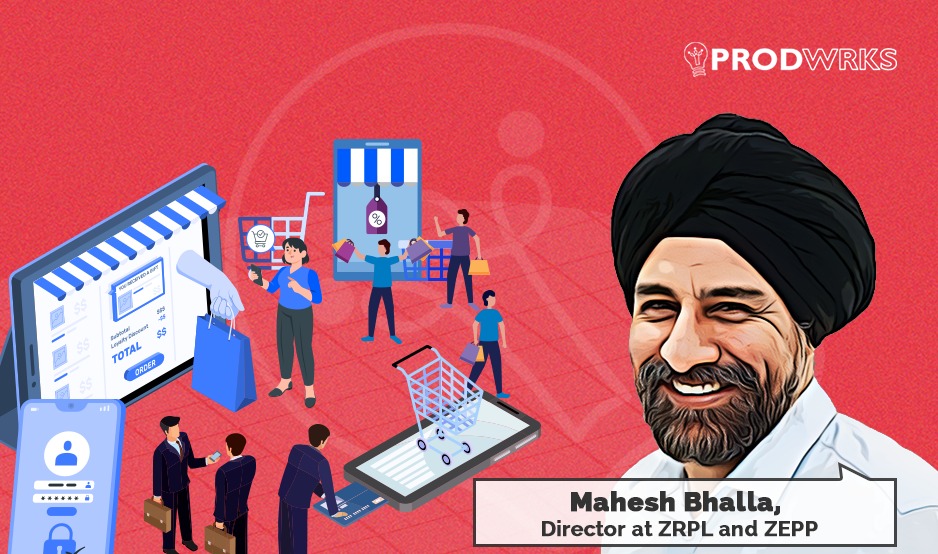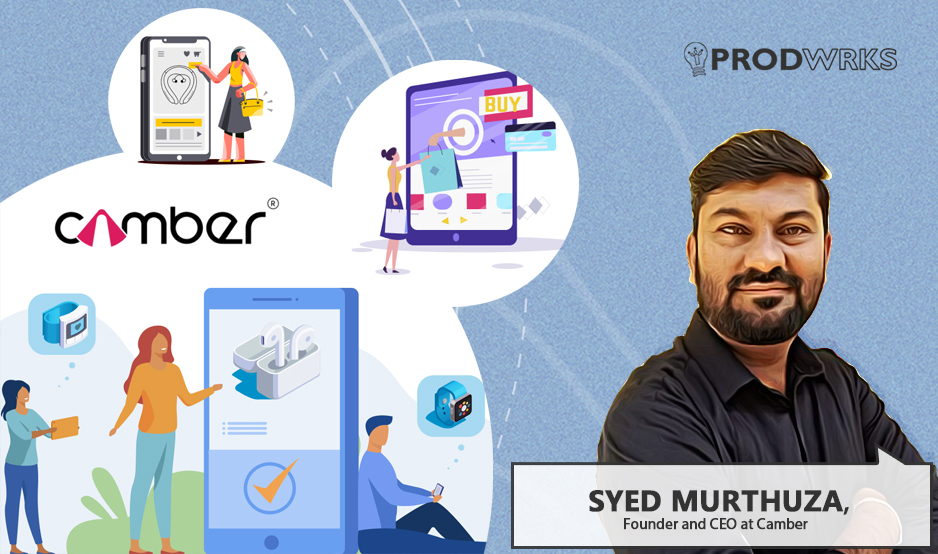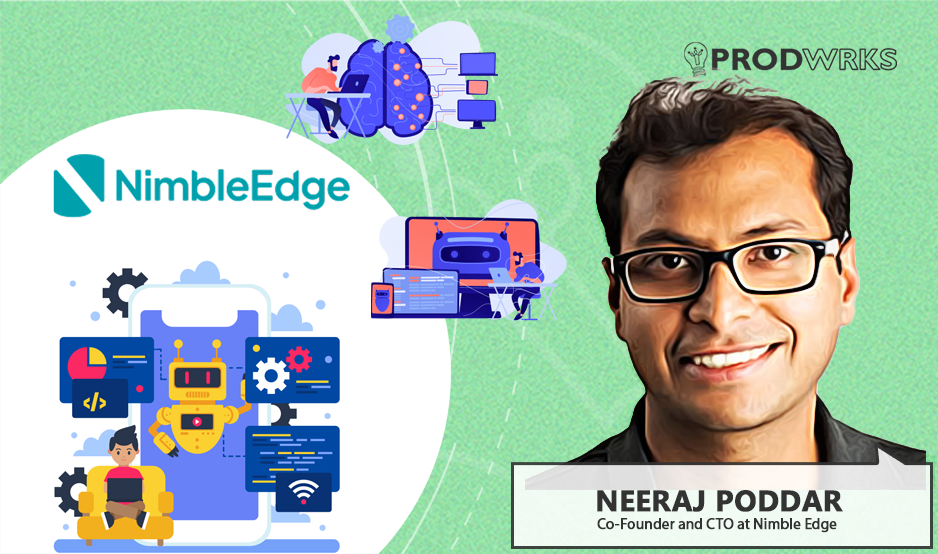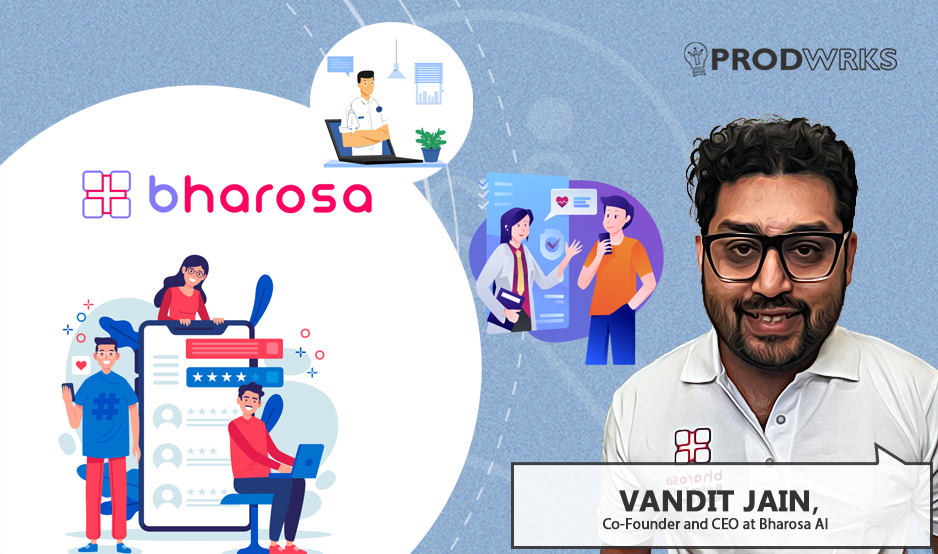
E-commerce has undergone a transformative evolution with the advent of the ONDC (Open Network for Digital Commerce). The duopolistic nature of the online retail landscape, dominated by Amazon and Flipkart, is slowly giving way to more democratized access to all participants and enabling brands to reach their consumers directly. Surfing this trend is ZEPP.
ZEPP is a made-in-India marketplace enabler that aspires to do all that ONDC does, but better, by providing e-commerce API as a service. The API connects big brands and manufacturers directly to large pockets of their target customers inside enterprises, educational institutions, banks, resident associations, etc.
With ZEPP’s API, brands get more control over the consumer experience, and the consumers get better deals and shopping experiences than what they’d get from traditional e-commerce platforms.
To find out how this innovative platform works, ProdWrks reached out to Abhik Mallik, product lead at ZEPP and Mahesh Bhalla, investor and director of ZEPP’s parent company, Zeitgeist Retail Private Limited (ZRPL). They shed light on ZEPP’s business model, technology, and unique monetization strategies.
How does ZEPP work?
ZEPP has two primary stakeholders. To understand how ZEPP works, one must first know how they have partnered with these stakeholders in their e-commerce value chain.
On the seller side, ZEPP partners with large brands or manufacturers who want to sell their products directly to consumers. On the buyer side, the ZEPP API enables private entities like enterprises and educational institutions to list the products on their platforms for users to buy.
Through these strategic partnerships, ZEPP has unlocked three distinct sets of end consumers:
- The first set of consumers are employees in large companies and enterprises that use the ZEPP API to list products in their internal employee portals. Brands can show curated products relevant to employees working in these businesses.
- The second set of consumers are students in educational institutions, which include notable IITs and IIMs with which ZEPP has partnered. The staff and students in these institutions can shop for products from top brands and manufacturers at discounted prices.
- The third set of consumers are customers of large consumer-facing businesses like banks, credit card companies, airlines, etc. The ZEPP API powers the storefronts of these corporate players, and their consumers can directly access special deals from ZEPP’s partner brands.

Mahesh says, "We've built ZEPP to enable big brands to partner with companies that have large customer sets, access their user base, and then sell them products seamlessly."
Closed Store Model
The USP of the ZEPP platform is that these companies on the buyer side can configure their consumer-facing shopping portals or storefronts however they want to and brand them as per their requirements. The ZEPP API only acts as a middle layer connecting the brands selling the products and these companies.
Unlike traditional e-commerce players like Amazon and Flipkart, the ZEPP API enables a closed-store model where only the users with exclusive access to these storefronts can get deals from brands and place orders.
"In many cases, the end consumers wouldn't even know ZEPP is powering the e-commerce storefront for their companies. It's like UPI. You might be using Google Pay, BharatPe, Paytm, etc, but the underlying technology is UPI. Like UPI enables financial transactions between customers and retailers, ZEPP enables e-commerce."
For instance, one of ZEPP’s customers is India’s largest passenger airline. The ZEPP API pulls products like laptops, cables, and other electronic items listed by big brands and shows them inside the airline’s D2C store. The ZEPP API enables the airline’s customers and staff to purchase these products directly from the manufacturers, redeem reward points, and access deals from the airline’s web platform.
Also, only the brands partnered with ZEPP can directly sell through ZEPP’s API, which is integrated with multiple consumer-facing entities.
Mahesh says, "Our platform has no intermediaries or data distributors. So, if you order an HP printer, that order goes directly to hp.com. The brands do not have to depend on some random reseller whose service quality they cannot control. This also ensures no cross-leakage, where a reseller buys products in bulk and sells them elsewhere, spoiling the market operating price. That's the fundamental stuff of what we've done."
How Does ZEPP Help Brands Crack D2C Selling with Lower CAC?
"It's not just small sellers who want to tap into D2C selling, but larger brands also want to sell to consumers directly. Though most large brands have their own e-commerce websites, the customer acquisition cost (CAC) remains high. ZEPP solves this problem."
"Brands can pick and choose their offering for different customer sets. If an IIT student logs in to ZEPP through his university portal, he will see a set of products at different price points. However, if a Wipro employee logs in, they will see different products at different prices. So the brands can control the consumer experience, customer journey, pricing, and catalogue, which they don't have in an open marketplace."
It’s not just the brands who benefit from ZEPP but also their partners on the buyer side. Mahesh says, “You could be a bank, food delivery service, airline, or a credit card company, but the CAC problem is the same. You must monetize the users in your platform or your company to the maximum to raise your average order value and increase the frequency of purchase.”
In summary, Mahesh explains that ZEPP solves three primary problems.
- Give brands and manufacturers access to a larger customer base than they can directly service.
- Offer large entities like airlines, telcos, banks, universities, credit card companies, and resident welfare associations to be able to monetize their user base.
- Give consumers a better deal for the products they buy by directly procuring products from the manufacturer and cutting out the intermediaries.
Is ZEPP better than ONDC for Big Brands to Tap into D2C?

"The ONDC concept based on the Beckn protocol is amazing. It's backed by Nandan Nilekani and all the stalwarts of the IT industry. However, in the open marketplace model of ONDC, there will be sellers who are not highly rated. Their products might not be great, or their shipping delivery time is not that great. The ZEPP API is designed to seamlessly integrate with ONDC and BBPS (Bharat Bill Payment System) and ensure consumers do not face these hurdles. Our clever recommendation engine takes care of that."
He explains, "If you order a can of Red Bull, for instance, you expect it to be delivered in 10 minutes. But, if you are getting a larger shipment, you'd be willing to wait a few days to get it cheaper directly from the supplier. ZEPP’s middleware analyses these criteria and decides how orders are placed, which seller in ONDC gets the order based on their track record, and so on.”
So, on a selective basis, when the product value is lower, delivery time is higher from the manufacturer, and it is better if procured from a local kirana shop rather than direct manufacturers, the ZEPP API routes the order to ONDC. But if the consumer is willing to wait for a larger shipment at a much lesser cost, ZEPP sends the order directly to the manufacturer.
This ability to combine different suppliers, subject to a set of criteria, and deliver personalized consumer experiences is unique and something that ZEPP’s recommendation engine does well.
Abhik says, "When we offer our API to our customer, which is typically a large enterprise having millions of users, they can then build full e-commerce capability on top of it from within their own platform that enables them to show and manage the products. They don't have to go and integrate with multiple entities, a different person for ONDC, and a different person for BBPS. The ZEPP API does it all by design. Our systems handle the entire customer journey, experience, and user flow."
The Road Ahead for ZEPP
Mahesh explains, "First, we get a service fee to set up storefronts with the ZEPP API and catalogue products for companies with a large consumer base. Second, we take a small percentage of the margin from brands whenever they sell their product through our platform. And the last is the marketing fee, where we get money to promote their products on banners and ads."
When ZEPP reaches 1000 brand partnerships, Mahesh plans to add more revenue streams like listing fees for brands to sell through ZEPP and getting processing fees from banks to show them as the preferred financing partner to the end consumers. Mahesh says that the e-commerce API as a service market is untapped in India and worth billions.
"We see ourselves as a force multiplier. Right now, we are accessing millions of consumers. But expanding our base into newer segments, like banks and telecom operators, will open our customer base to hundreds of millions of consumers. So that should skyrocket our GMV."




